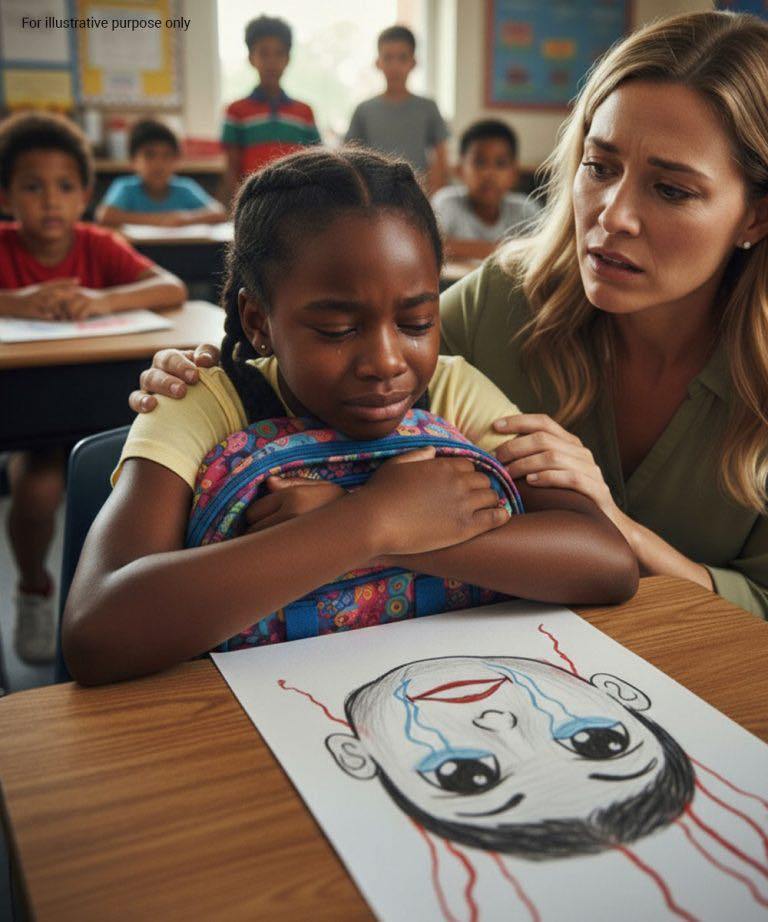Detective Whitaker told me they’d spoken with a child psychologist who met with Emily. She explained that the pain had started after she fell off the monkey bars during recess. Too scared to admit she’d broken playground rules, she’d kept the secret—until her teacher asked why she was squirming in her seat.
The relief that washed over me was overwhelming. My knees gave out, and I sat down, tears pouring freely. Daniel had spent nights under suspicion, while my daughter had been terrified by questions she barely understood.
Whitaker’s voice softened. “Your daughter’s teacher did the right thing,” he said. “We always have to rule out the worst before we can accept the best.”
He was right. Yet as I looked at Daniel’s tired face later that evening, the damage was already done.
The Fractures That Remained
Daniel came over that night, still shaken. He hugged Emily tightly, and she hugged him back, blissfully unaware of the storm she had caused. I wanted to apologize, but he stopped me. “You don’t have to say it,” he said quietly. “You were scared. Anyone would’ve been. But those hours in that interrogation room… they don’t go away.”
Even after the investigation closed, the emotional aftershocks lingered. Emily bounced back quickly—children often do. Her bruised tailbone healed, and she was soon back on the playground. But for the adults, the invisible wounds remained.
Daniel withdrew. He stopped coming over as often. When he did answer my calls, his voice was distant. “You don’t just walk back into work like nothing happened,” he told me. “People talk.”
The guilt ate at me. I hadn’t called the police, but I hadn’t defended him either. I had stood frozen in that office, unsure what to believe. That hesitation—those few seconds of doubt—had left a mark that couldn’t be tested in any lab.
Trying to Heal
